The 53-year-old didn’t intend to ignite discourse about the political implications of how Black women wear their hair, but the mere fact that she can elicit such a frenzy speaks to a much larger issue.
There’s an intricate link between public perception of Black women and how we choose to wear our hair.
There is no hair code for first ladies. However, political meaning is mapped into Black women’s hair, no matter how much we attempt to divorce ourselves from it.
Whether it’s the association of locs with “patchouli oil and weed” or the systemic barring of natural hair from schools, jobs, and the military, there’s a racist context that dictates what hairstyles Black women can wear and still be deemed “professional.”
“Black women are constantly told that their hair is problematic in its natural state,” Lori Tharps, a journalism professor at Temple University, told Revelist. “It’s unprofessional and distracting. That’s why it should be fried, dyed, and laid to the side. Meaning it should look as close to European hair as possible so that people in the office don’t have to be afraid.”
It’s no wonder Obama opted to wear her hair’s natural texture after her husband, Barack Obama, had completed his presidential terms.
It’s a position numerous Black women, myself included, have been in.
In April 2011, I walked into a barbershop in Greensboro, North Carolina with three friends. Thirty minutes later, I left without hair. I’d chosen to big chop, or cut the remaining chemical relaxer out of my hair, by wearing a short, blonde, caesar cut.
However, there’s always an underlying unanswered question: Am I bypassed for opportunities because of the hairstyle I’ve rightfully chosen to wear? It’s a haunting question because there’s never an outright answer.
Instead, Black women the world over are subjected to mini-stabs of microaggressions that become bleeding, untended wounds. Whether it’s the seemingly innocuous attempts to touch our hair or the backhanded comments about its durability, length, and texture, Black women are consistently navigating a minefield of racially anchored assumptions.
Our natural hair is perceived as unacceptable and unprofessional.
Now, Michelle Obama is free. She’ll never be an ordinary citizen who makes decisions without ramifications, but now, at least, her scalp can belong to her again.
It is rare to see visible and successful Black women wearing their natural hair texture, as Obama is doing. However, if a former first lady can embrace it, so too can other Black women — stereotypes be damned.
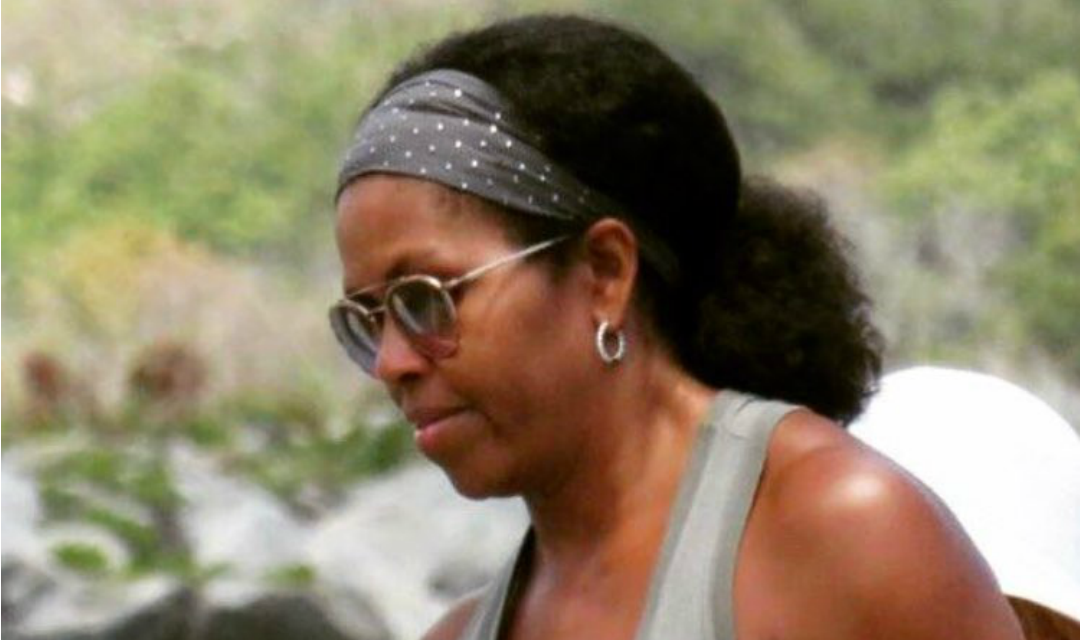
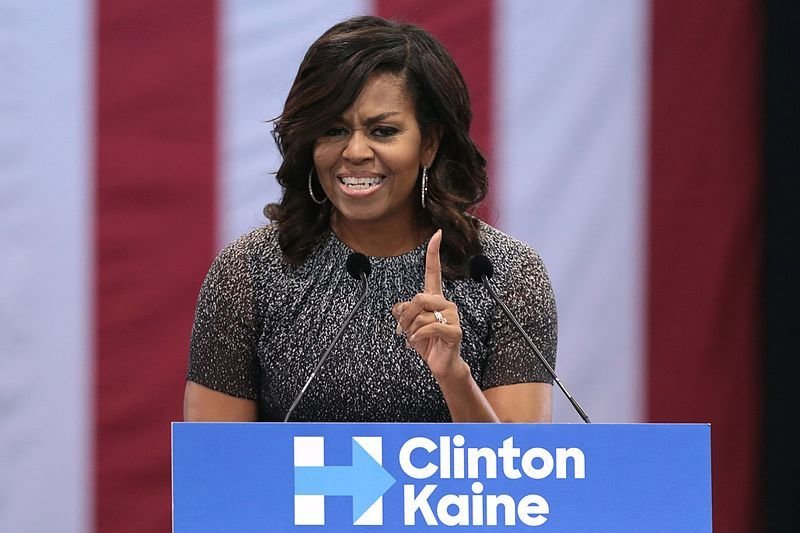
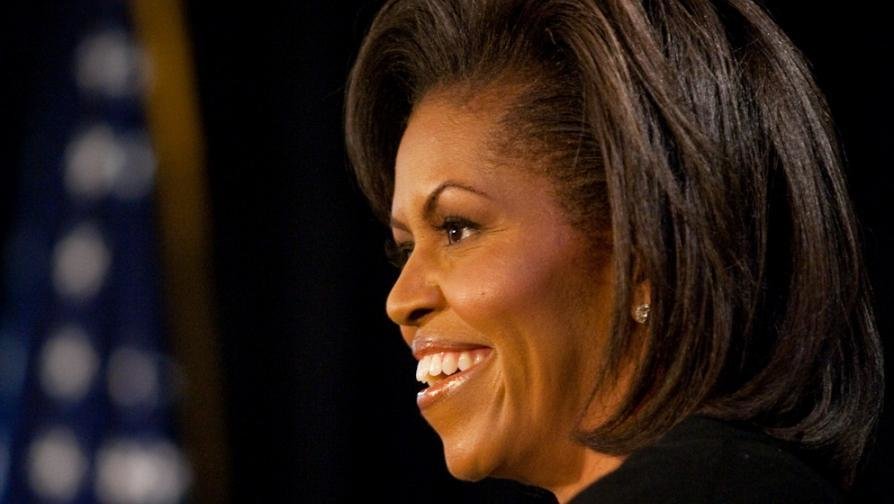
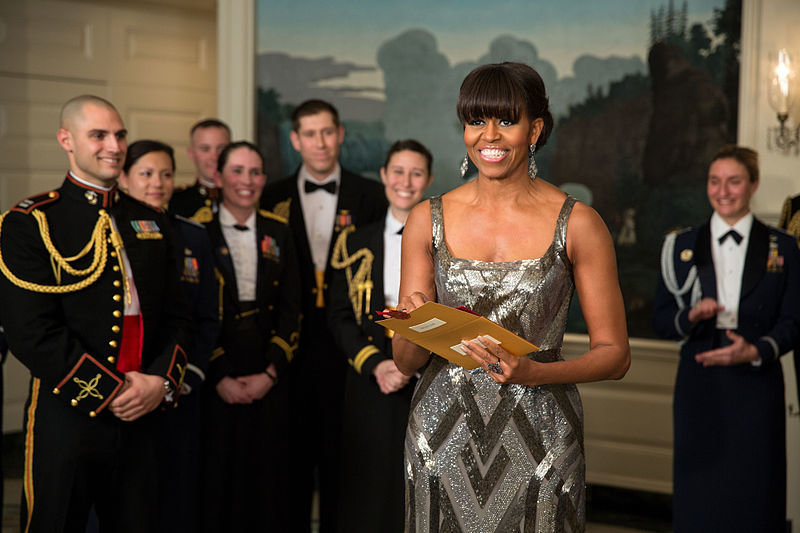

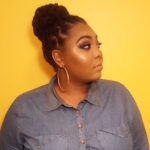
title: “Michelle Obama S Natural Hair Is Important For Blackwomenatwork” ShowToc: true date: “2024-10-10” author: “Jerry Kleinschmidt”
The 53-year-old didn’t intend to ignite discourse about the political implications of how Black women wear their hair, but the mere fact that she can elicit such a frenzy speaks to a much larger issue.
There’s an intricate link between public perception of Black women and how we choose to wear our hair.
There is no hair code for first ladies. However, political meaning is mapped into Black women’s hair, no matter how much we attempt to divorce ourselves from it.
Whether it’s the association of locs with “patchouli oil and weed” or the systemic barring of natural hair from schools, jobs, and the military, there’s a racist context that dictates what hairstyles Black women can wear and still be deemed “professional.”
“Black women are constantly told that their hair is problematic in its natural state,” Lori Tharps, a journalism professor at Temple University, told Revelist. “It’s unprofessional and distracting. That’s why it should be fried, dyed, and laid to the side. Meaning it should look as close to European hair as possible so that people in the office don’t have to be afraid.”
It’s no wonder Obama opted to wear her hair’s natural texture after her husband, Barack Obama, had completed his presidential terms.
It’s a position numerous Black women, myself included, have been in.
In April 2011, I walked into a barbershop in Greensboro, North Carolina with three friends. Thirty minutes later, I left without hair. I’d chosen to big chop, or cut the remaining chemical relaxer out of my hair, by wearing a short, blonde, caesar cut.
However, there’s always an underlying unanswered question: Am I bypassed for opportunities because of the hairstyle I’ve rightfully chosen to wear? It’s a haunting question because there’s never an outright answer.
Instead, Black women the world over are subjected to mini-stabs of microaggressions that become bleeding, untended wounds. Whether it’s the seemingly innocuous attempts to touch our hair or the backhanded comments about its durability, length, and texture, Black women are consistently navigating a minefield of racially anchored assumptions.
Our natural hair is perceived as unacceptable and unprofessional.
Now, Michelle Obama is free. She’ll never be an ordinary citizen who makes decisions without ramifications, but now, at least, her scalp can belong to her again.
It is rare to see visible and successful Black women wearing their natural hair texture, as Obama is doing. However, if a former first lady can embrace it, so too can other Black women — stereotypes be damned.






title: “Michelle Obama S Natural Hair Is Important For Blackwomenatwork” ShowToc: true date: “2024-09-28” author: “Greg Zanola”
The 53-year-old didn’t intend to ignite discourse about the political implications of how Black women wear their hair, but the mere fact that she can elicit such a frenzy speaks to a much larger issue.
There’s an intricate link between public perception of Black women and how we choose to wear our hair.
There is no hair code for first ladies. However, political meaning is mapped into Black women’s hair, no matter how much we attempt to divorce ourselves from it.
Whether it’s the association of locs with “patchouli oil and weed” or the systemic barring of natural hair from schools, jobs, and the military, there’s a racist context that dictates what hairstyles Black women can wear and still be deemed “professional.”
“Black women are constantly told that their hair is problematic in its natural state,” Lori Tharps, a journalism professor at Temple University, told Revelist. “It’s unprofessional and distracting. That’s why it should be fried, dyed, and laid to the side. Meaning it should look as close to European hair as possible so that people in the office don’t have to be afraid.”
It’s no wonder Obama opted to wear her hair’s natural texture after her husband, Barack Obama, had completed his presidential terms.
It’s a position numerous Black women, myself included, have been in.
In April 2011, I walked into a barbershop in Greensboro, North Carolina with three friends. Thirty minutes later, I left without hair. I’d chosen to big chop, or cut the remaining chemical relaxer out of my hair, by wearing a short, blonde, caesar cut.
However, there’s always an underlying unanswered question: Am I bypassed for opportunities because of the hairstyle I’ve rightfully chosen to wear? It’s a haunting question because there’s never an outright answer.
Instead, Black women the world over are subjected to mini-stabs of microaggressions that become bleeding, untended wounds. Whether it’s the seemingly innocuous attempts to touch our hair or the backhanded comments about its durability, length, and texture, Black women are consistently navigating a minefield of racially anchored assumptions.
Our natural hair is perceived as unacceptable and unprofessional.
Now, Michelle Obama is free. She’ll never be an ordinary citizen who makes decisions without ramifications, but now, at least, her scalp can belong to her again.
It is rare to see visible and successful Black women wearing their natural hair texture, as Obama is doing. However, if a former first lady can embrace it, so too can other Black women — stereotypes be damned.





